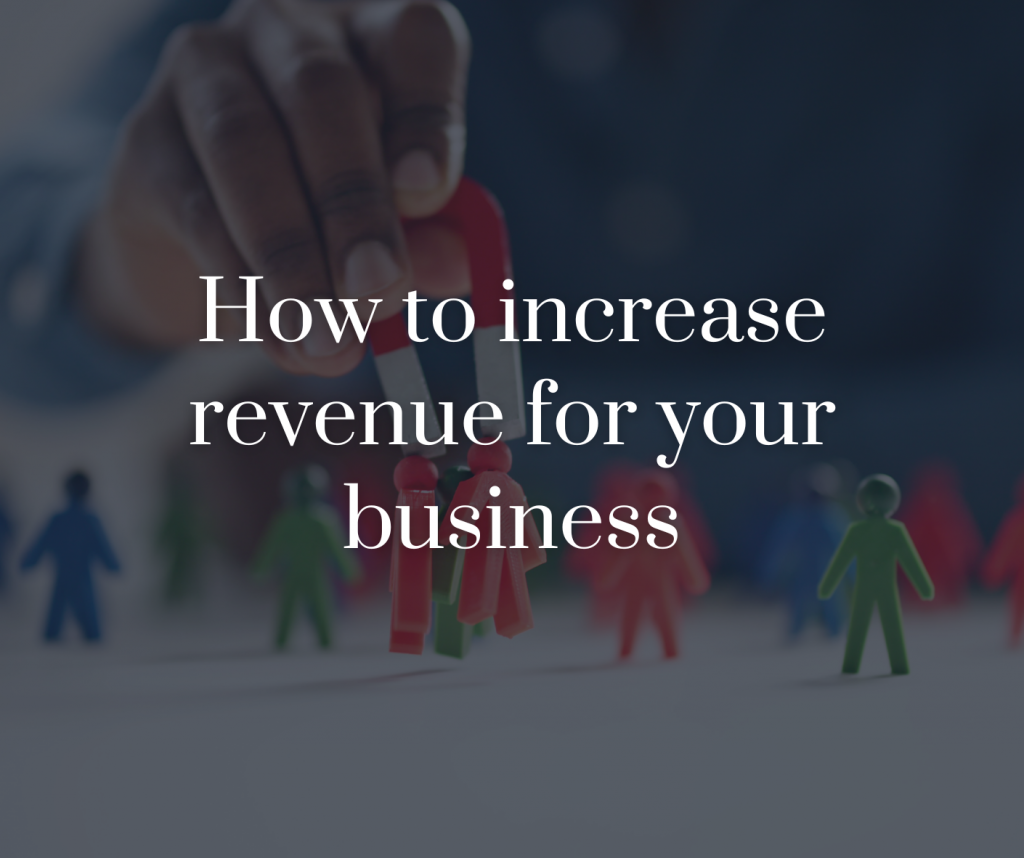In the world of sales, the terms “lead” and “prospect” are often used interchangeably, but they are actually two distinct stages in the sales process. Understanding the difference between a lead and a prospect is crucial for any business looking to generate more sales and increase revenue.
A lead is a potential customer who has shown interest in your product or service. They may have provided their contact information, such as their name and email address, through a form on your website or at an event. At this stage, a lead is just that – someone who has shown an interest in what you have to offer, but has not yet been qualified as a good fit for your business.
A prospect, on the other hand, is a lead who has been evaluated and deemed a viable opportunity for your business. A prospect is a lead who has been qualified based on their needs, budget, and buying authority. In other words, a prospect is someone who has a high likelihood of becoming a customer.
So, what is the difference between a lead and a prospect, and why is it important to know? The key difference is that a lead is just the beginning of the sales process, while a prospect is much further along and is a more serious lead. A lead may simply be interested in your product or service, but a prospect has been thoroughly vetted and has a higher likelihood of becoming a customer.
Qualifying leads is a crucial step in the sales process, as it allows you to focus your time and energy on the most promising opportunities. By taking the time to qualify your leads, you can ensure that you are only spending your time on the prospects who are most likely to buy from you. This can save you time and increase your chances of success.
So how do you turn a lead into a prospect? The first step is to gather as much information as possible about the lead, including their needs, budget, and buying authority. This can be done through a variety of means, including email campaigns, phone calls, and face-to-face meetings.
Once you have this information, you can evaluate the lead to determine if they are a good fit for your business. This can include considering factors such as their budget, the timeline for their purchase, and their level of interest in your product or service.
In conclusion, understanding the difference between a lead and a prospect is essential for any business looking to generate more sales and increase revenue. By taking the time to qualify your leads, you can focus your time and energy on the prospects who are most likely to buy from you, saving you time and increasing your chances of success.


